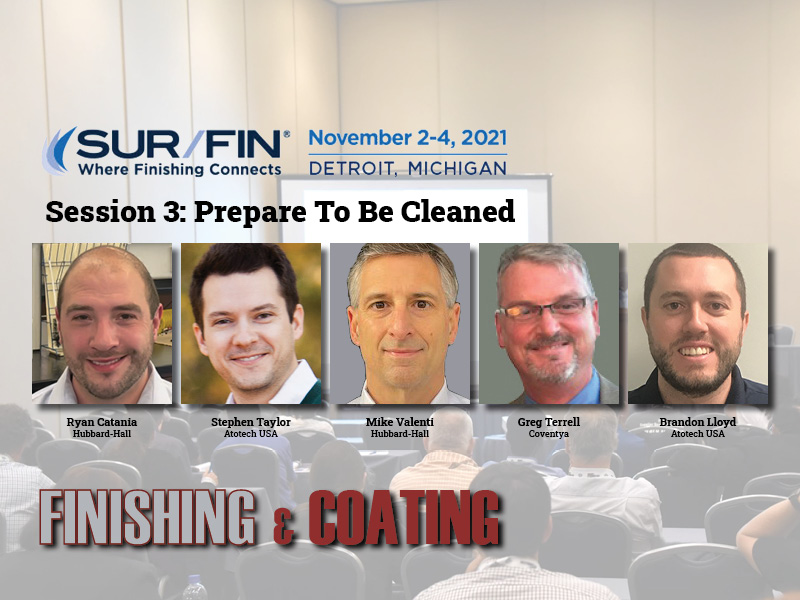Session 3 at SUR/FIN is called Prepare To Be Cleaned, and features eight presentations starting Nov. 2 at 8:00 a.m.
Caleb Morrison from Atotech and Bill Nebiolo from REM Surface Engineering are the session chairs.
Here is a look at the presentations:
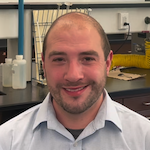 8:00 a.m. - 8:30 a.m.: Options for Cleaning when Solvent Regulations are Approaching
8:00 a.m. - 8:30 a.m.: Options for Cleaning when Solvent Regulations are Approaching
Ryan Catania, Technical Service Engineer Hubbard-Hall
Several solvents used in parts-cleaning operations — such as methylene chloride (MEC), perchloroethylene (perc), and trichloroethylene (TCE), and n-propyl bromide (nPB) — are all filed under “Risk Evaluation” by the U.S. EPA under the Toxic Substances Control Act (TSCA). Some manufacturing facilities continue using these solvents for vapor degreasing in parts cleaning operations. With time running out as federal and state regulations approach many facilities are asking, what cleaning options are available? This session will cover equipment conversions, chemistry conversions (next generation solvents and aqueous cleaners) as well as ways to future-proof.
8:30 a.m. - 9:00 a.m.: Vacuum Degreasing – A Safe and Effective Process for Meeting the Ever-Increasing Cleaning Requirements for Parts and Precision Components
Joe McChesney, Global Products Line Manager - Solvents at KYZEN
Since the 1987 Montreal Protocol, the manufacturing industry has been moving towards a goal of safer and more effective surface finishing / parts cleaning technologies. Vacuum degreasing has proven to meet this goal. With the right cleaning chemistries, vacuum degreasing systems are meeting ever-increasing cleaning requirements, while substantially improving worker and environmental safety. Today’s vacuum degreasing process eliminates water consumption and water emissions. Cleaning chemical consumption is also significantly reduced, while, at the same time, improving component-cleaning performance for removal of both particulate and organic contaminants. State-of-the-Art chemical products and equipment synergy result in greatly improved worker safety with significant reduced environmental impact. These systems produce dry parts that meet stringent cleanliness specifications. The end result is enhanced process quality with a much lower cost of operations to the end user. This presentation will provide an up-to-date comprehensive evaluation of Vacuum Degreasing technology and chemical products engineered for these systems.
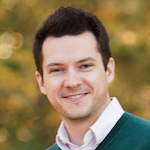 9:00 a.m. - 9:30 a.m.: Sustainable Cleaning and Degreasing: The First Step to a Higher Quality Finished Part
9:00 a.m. - 9:30 a.m.: Sustainable Cleaning and Degreasing: The First Step to a Higher Quality Finished Part
Stephen Taylor, Product Marketing Manager, North America at Atotech USA
From painting to plating, the essential first step in achieving a high-quality finished part is removal of organic soils through cleaning and degreasing. Organics such as lubricants and coolants used in forming and stamping processes impede proper conversion coating of a metal surface, whether ferrous or non-ferrous, ultimately leading to poor surface interface or corrosion failure. This often results in costly reworks for production or failure claims in the field. Conventional alkaline cleaning technologies may remove a variety of organic soils, but there are many associated process disadvantages. Increasing operating temperatures is the most traditional approach to improving degreasing, however the benefit may be shortsighted as associated energy costs increase, as well as risk to employee safety. Additionally, the performance of conventional degreasers is inversely relational to soil loading. As a conventional degreaser becomes saturated with removed soils, performance declines – ultimately signaling the end of solution life. A new generation of sustainable alkaline cleaners has been designed to address the existing process disadvantages of conventional alkaline cleaners, many of which have caused much frustration for the metal finishing industry. Sophisticated, highly sustainable solutions, formulated without phosphorus, boron and APEs provide efficient and stable cleaning processes, while offering low and even ambient temperature operation. Utilizing the natural degradation of organic soils removed and emulsified during the cleaning process, these next generation cleaners generate less waste, consume less chemistry and energy and offer long life operation. The result is a highly economical and environmentally conscious cleaning process, providing metal finishers with the optimal solution.
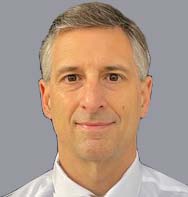 9:30 a.m. - 10:00 a.m.: The Real Cost of Parts Cleaning
9:30 a.m. - 10:00 a.m.: The Real Cost of Parts Cleaning
Mike Valenti, Director, Cleaning Technology and Product Development Hubbard-Hall.
Soils and contaminates are notoriously difficult to remove from drawn and formed metal parts. The price of equipment and chemicals is just one consideration when looking at the cost of your cleaning operations. The bigger cost comes from defects due to poor cleaning that cause rework, rejects and labor. In fact, job and captive shops attribute 17% of their quality defects to poor pretreating and cleaning. The ultimate goal for finishers, of course, is to have cleaning and pretreatment add to the bottom line. This session will cover ways in which you can calculate your total cost of cleaning and ways you can improve your cleaning processes.
10:00 a.m. - 10:30 a.m.: Emerging Technologies in Cleaning and Pretreatment
Chris Berger, Vice President / Director of Product Development at Calvary Industries
In the wake of changing local, state and federal environmental policies, cleaning and pretreatment technology has had to adapt to follow new regulations while still increasing performance. New standards for cleaner testing and evaluation, as well as new pretreatment and coating advancements, will be discussed.
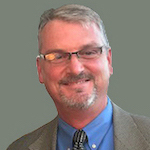 10:30 a.m. - 11:00 a.m.: Answers to Your Surface Preparation Questions
10:30 a.m. - 11:00 a.m.: Answers to Your Surface Preparation Questions
Greg Terrell, Product Manager - Pretreatment at Coventya
Pretreatment is a universal step in any plating process and many practical questions need to be addressed for optimizing the best performance. This presentation will answer the four questions that are often the most asked of the surface preparation cleaners and activators. When is my cleaner spent and should be replaced? Is my part clean enough for my process? How do I make my cleaning solutions last longer? Should I use a powder or a liquid cleaner?
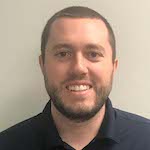 11:00 a.m. - 11:30 a.m.: Scaling Back: Sustainable Approach to Weld and Laser Descaling
11:00 a.m. - 11:30 a.m.: Scaling Back: Sustainable Approach to Weld and Laser Descaling
Brandon Lloyd, Global Product Manager - Paint Pretreatment at Atotech USA
As consumer’s aesthetic preferences and demand for longer lasting products has increased in recent years, the need for manufacturers to improve coverage and corrosion resistance of welded and laser cut components has likewise increased. The formation of oxide scale from welding and laser cutting operations creates a barrier for optimal adhesion, necessitating its removal prior to paint or plating application. If not properly addressed, it often becomes the first point of failure for the part or component. Conventional scale removal methods like media blasting, grinding and strong acids can be effective but are often unsustainable, pose severe HES risks and are not cost-effective long term solutions. The most economical and efficient method for removing oxide scale is achieved through chemical descaling; however, along with the associated HES risks, traditional strong acid chemistries have high etch rates that result in short bath life and a difficult to manage waste stream. Innovations in near neutral pH descaling chemistries help minimize these risks while offering improved performance. This presentation will explore conventional scale removal methods and associated disadvantages, the benefits of near neutral pH scale removal and scale removal performance evaluations.
11:30 a.m. - 12:00 p.m.: New Cleaning & Surface Preparation Technologies Developed to Address New Manufacturing Processes
Tyler Wheeler, Product Line Manager at Ecoclean
The industry as we know it is changing rapidly driving the need for flexibility, innovative processes, and modularity in surface preparation and cleaning equipment. Fortunately, technology has enabled new developments that respond to such needs. As the EV market continues to grow for example, scalable flexible systems are needed for preparing battery tray surfaces for gap fillers and sealants. In other markets, the application of deposition coatings requires the substrate to be prepared to allow proper bonding. In many cases, a single technology alone may not be enough to fulfill the ever-increasing surface requirements. Some of the technologies explored will range from pulsating water jet systems to plasma, laser and CO₂. Combining multiple technologies and processes together allow for the best and most efficient results. The combination of traditional solvent cleaning along with plasma cleaning in a single system is one example of how these processes can work harmoniously together.





